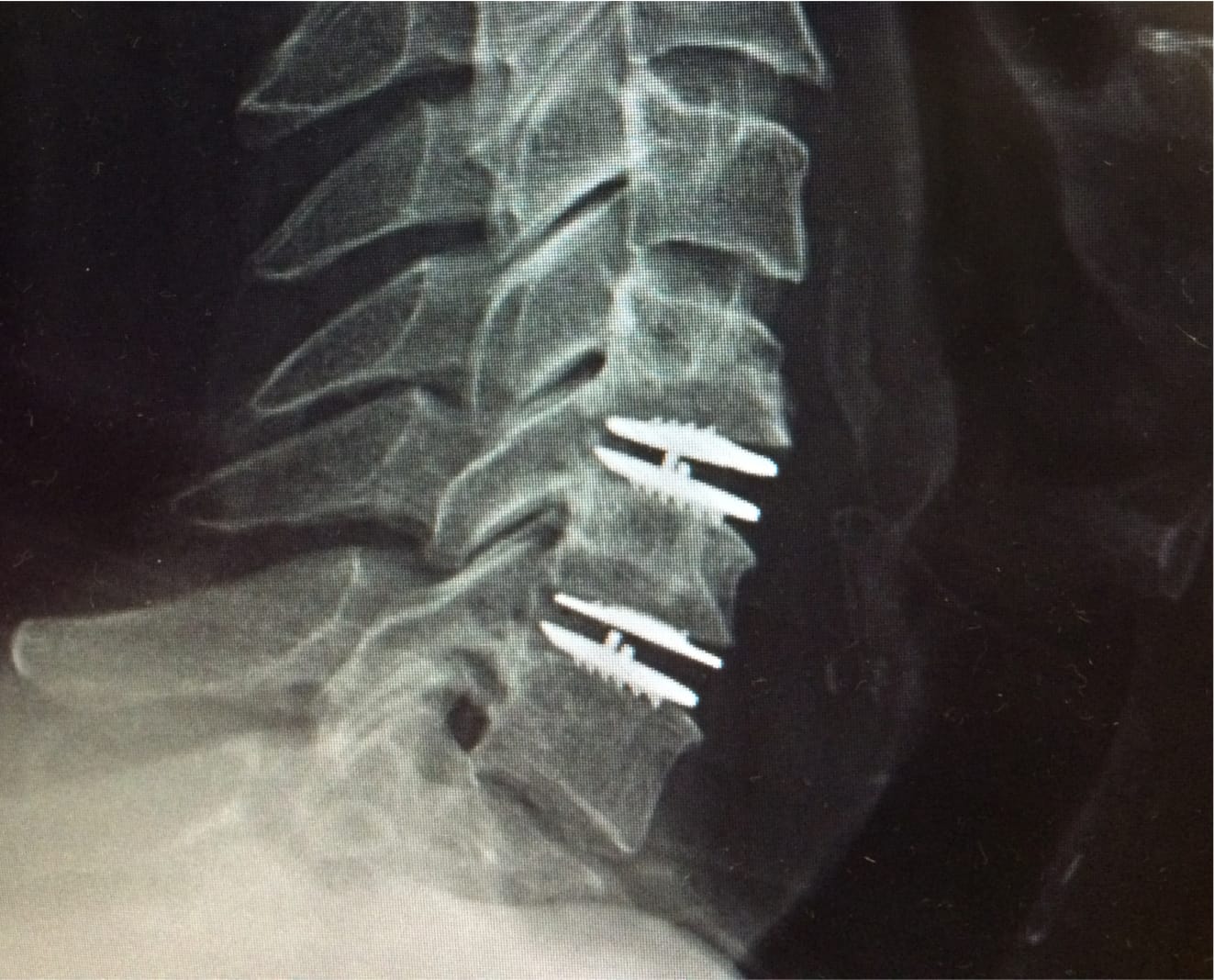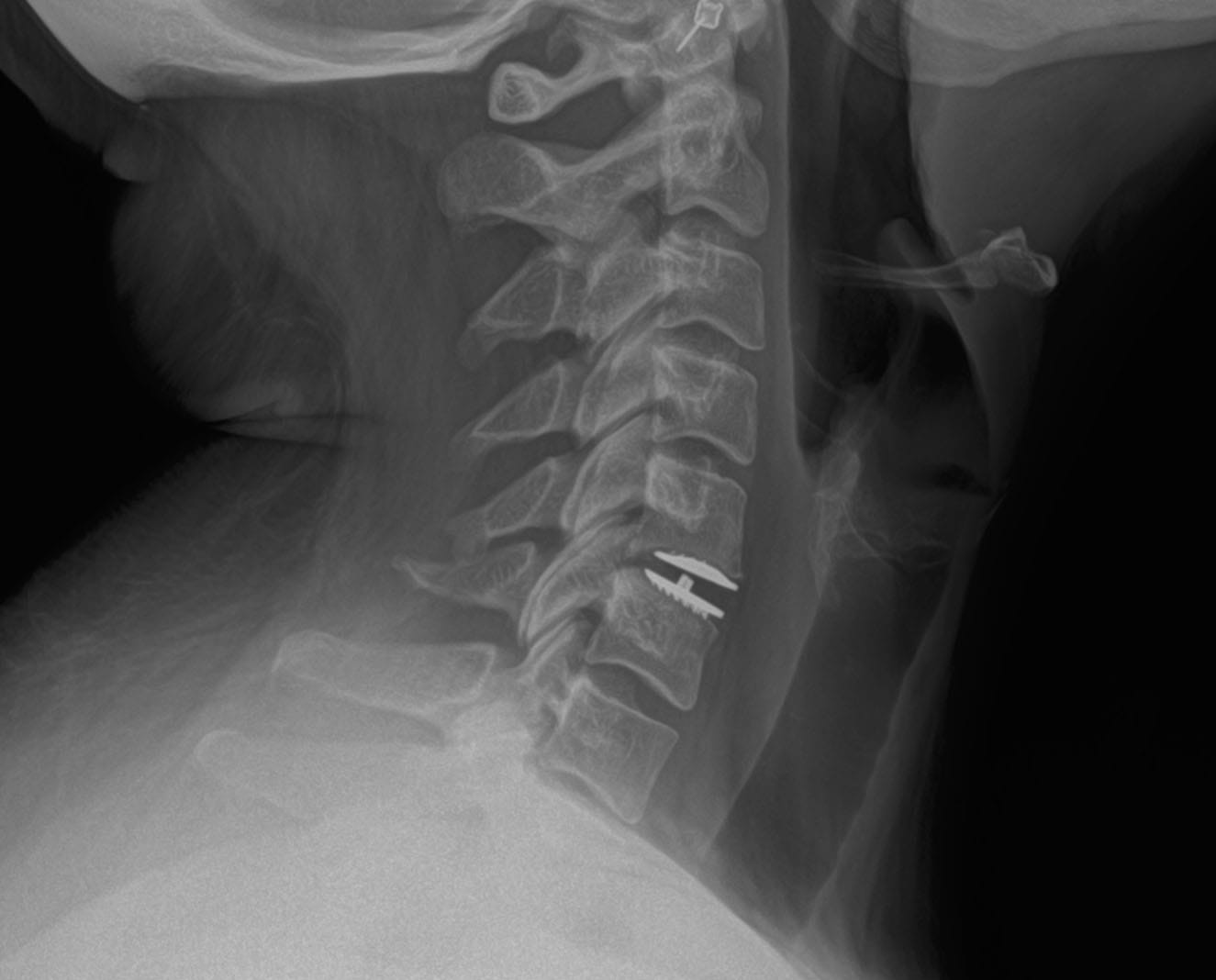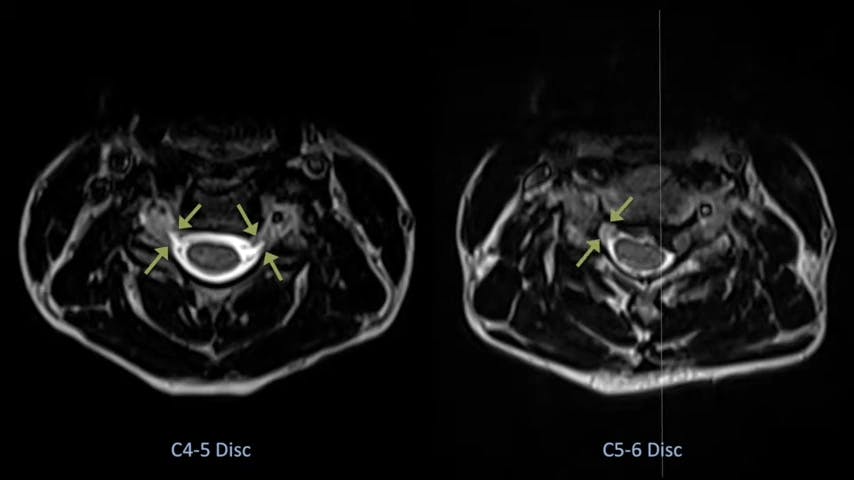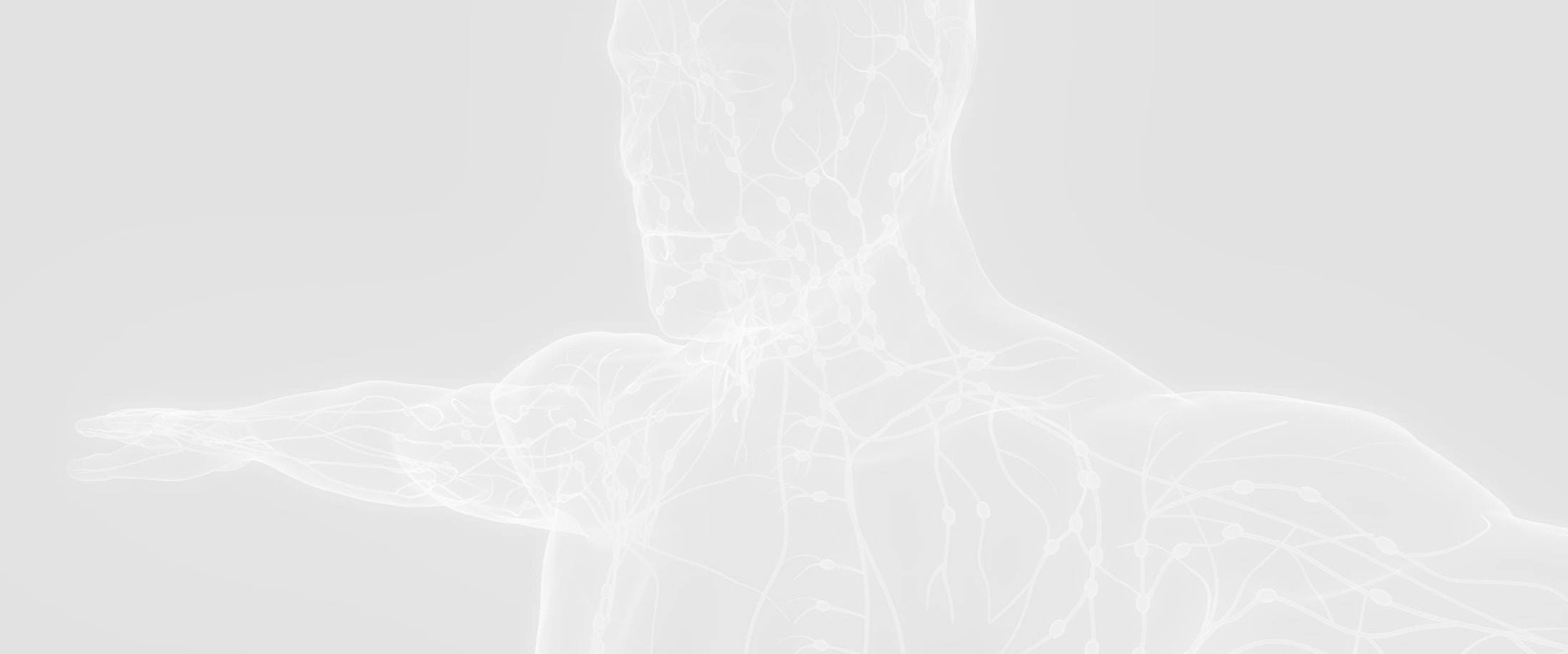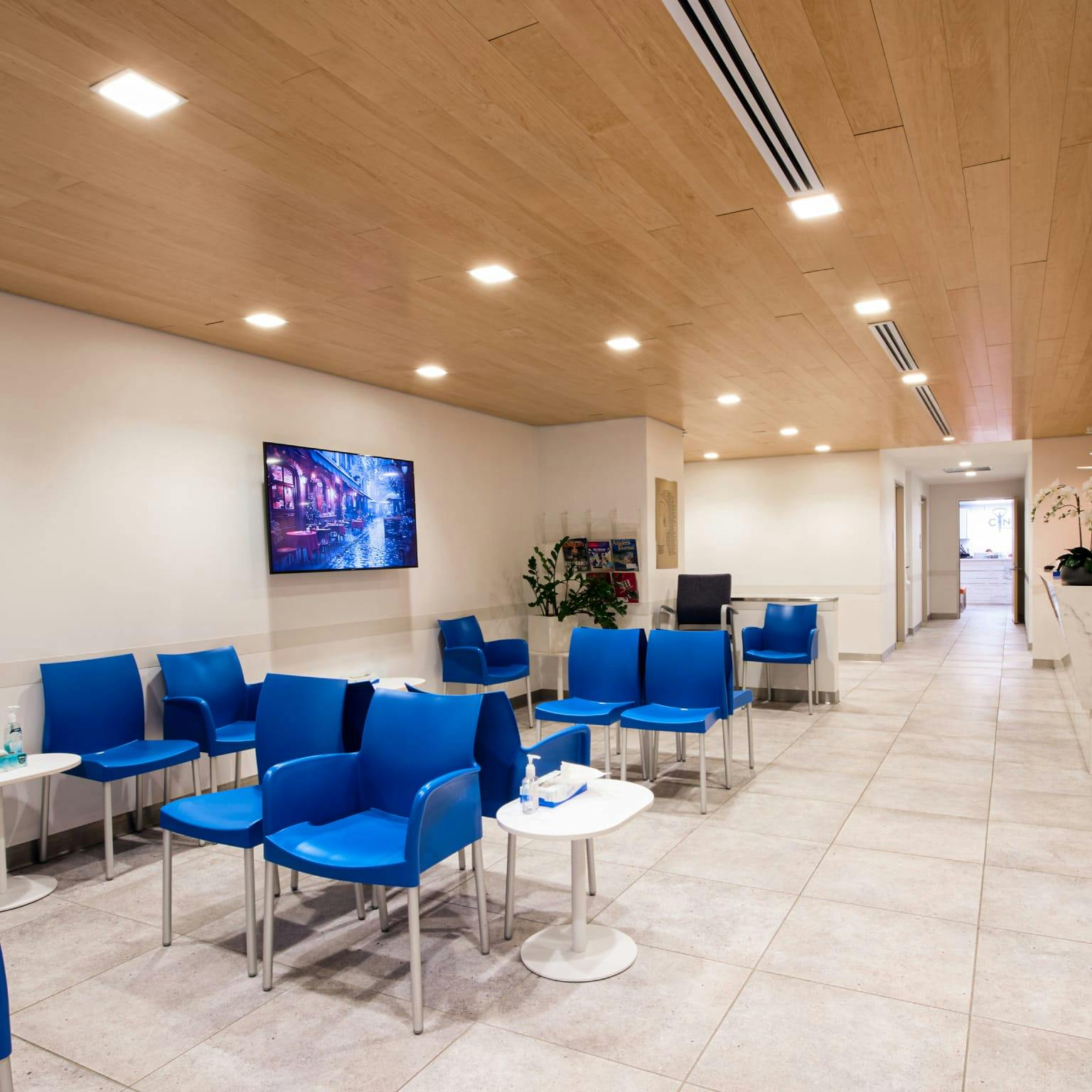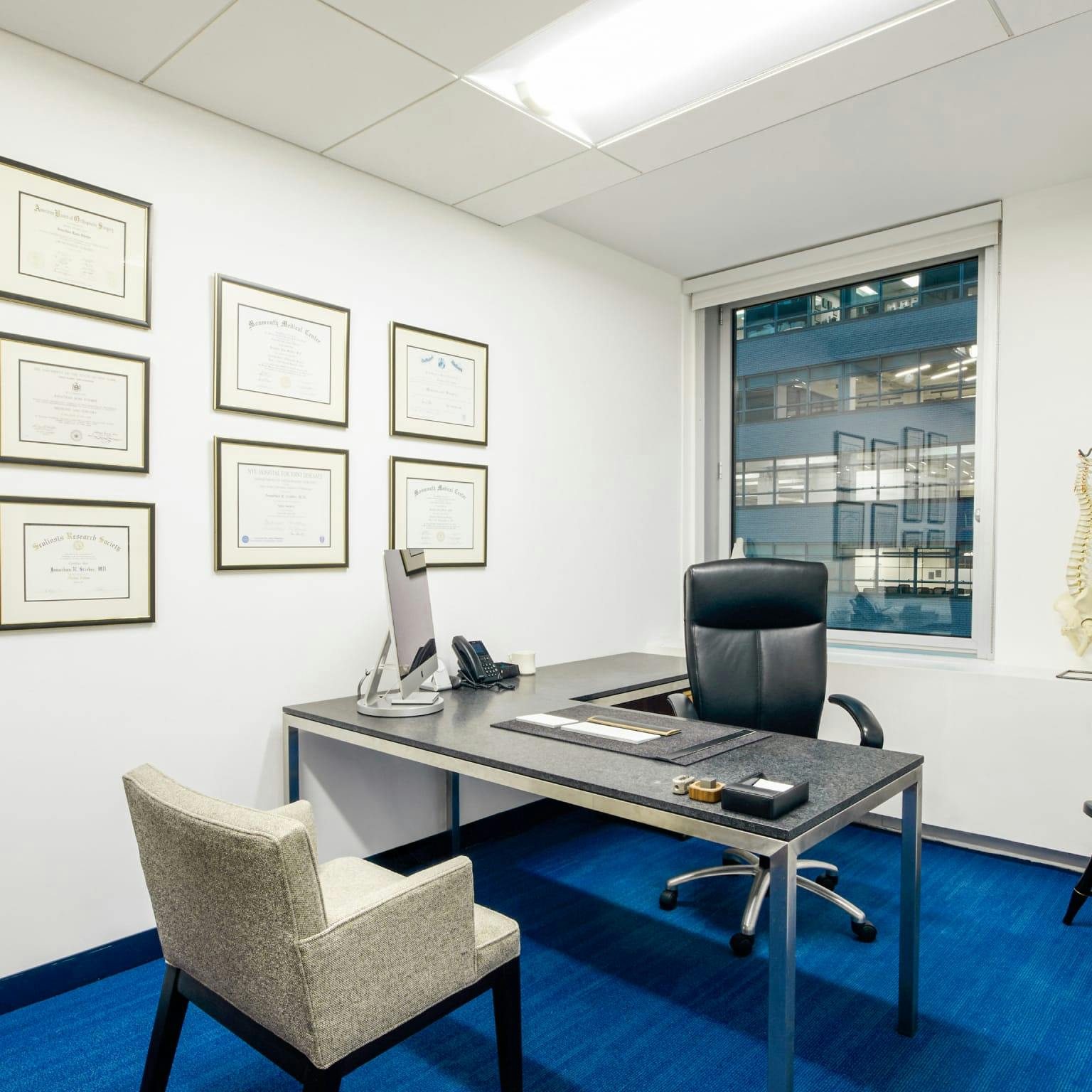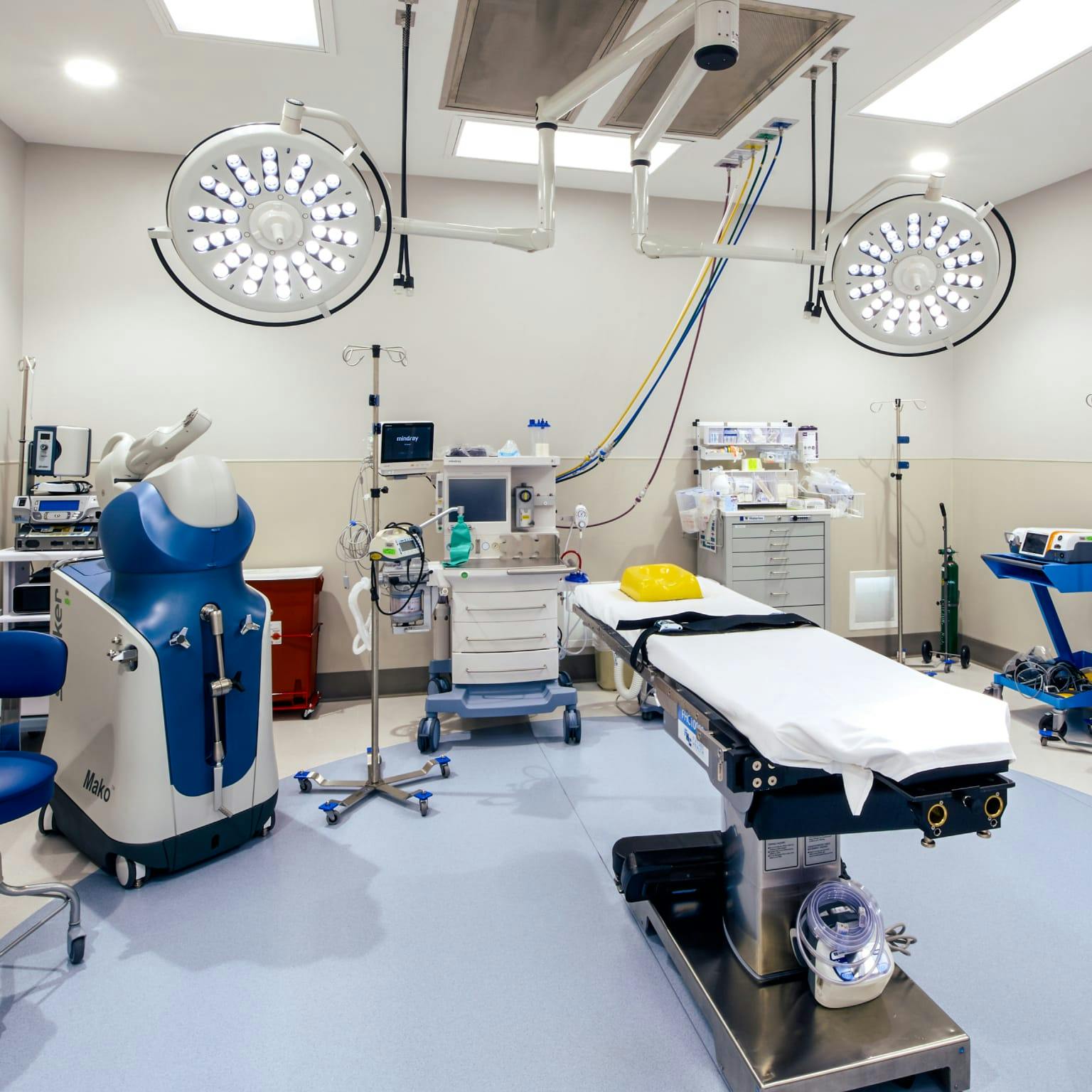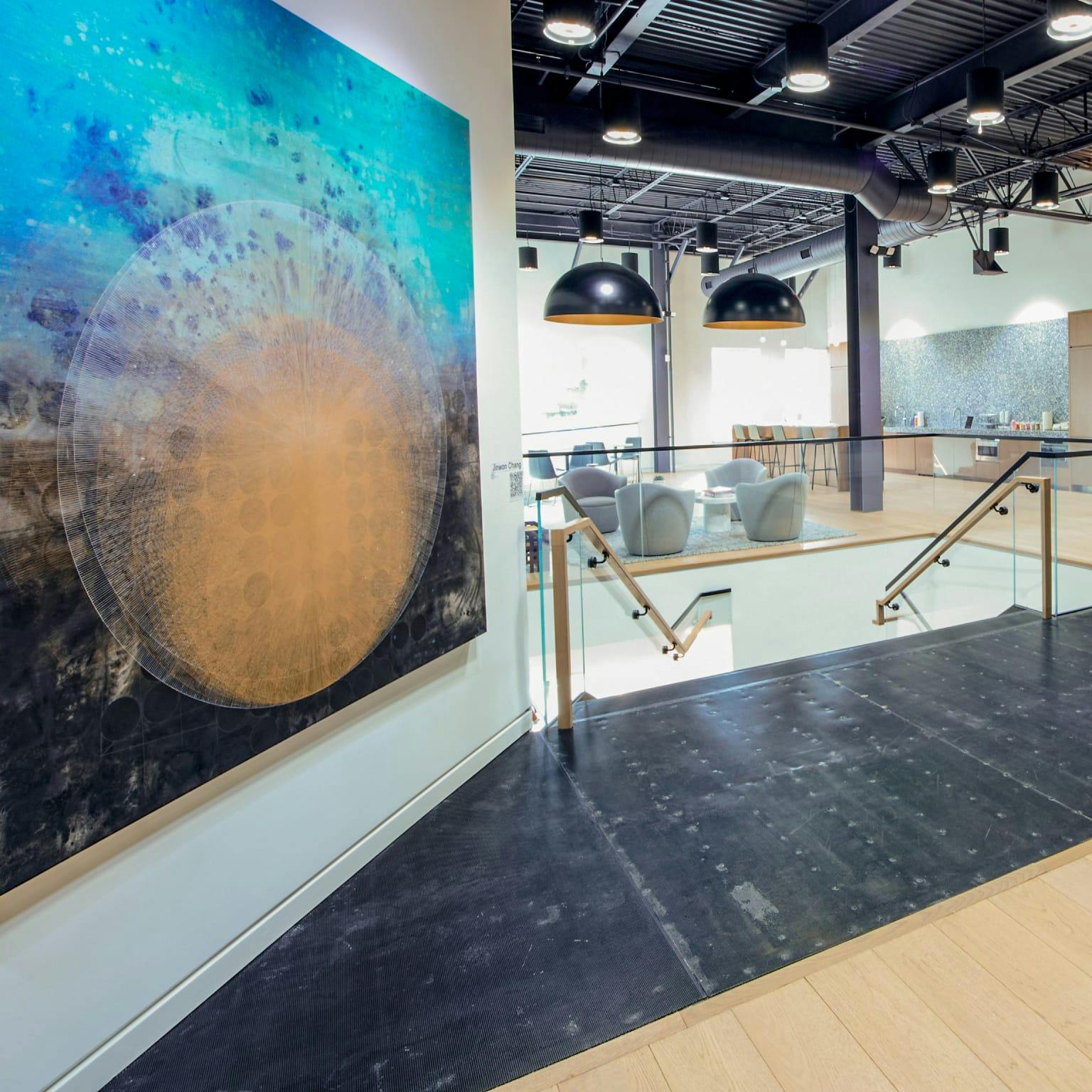Am I a Candidate?
Not all cases of degenerative disc disease or disc herniation need disc replacement. In addition, not all patients are candidates for disc replacement surgery in New York. Dr. Stieber understands emerging technologies and is qualified to determine when disc replacement is a suitable treatment option. In general, the ideal candidate:
- Degenerative disc disease or disc herniation that doesn’t respond to conservative treatment
- Limited arthritis of the nearby spinal joints
- Good bone mineral density
- Has one or two damaged discs
Patients with advanced arthritic changes, significant osteoporosis, and substantial instability are not considered candidates for Dr. Stieber’s disc replacement surgery.



